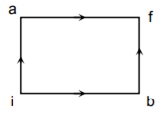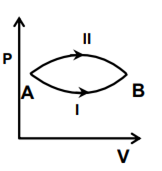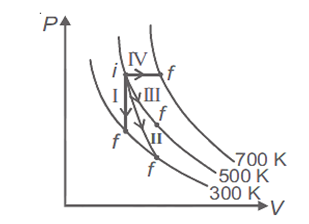Thermodynamics
State the second law of thermodynamics and write its two applications of it
The second law of thermodynamics states that the total entropy can never decrease over time for an isolated system, that is, a system in which neither energy nor matter can enter nor leave. The total entropy can remain constant in ideal cases where the system is in a steady state (equilibrium), or is undergoing a reversible process. In all spontaneous processes, the total entropy always increases and the process is irreversible. The increase in entropy accounts for the irreversibility of natural processes[according to whom?, and the asymmetry between future and past.
Historically, the second law was an empirical finding that was accepted as an axiom of thermodynamic theory. Statistical thermodynamics, classical or quantum, explains the microscopic origin of the law.
The second law has been expressed in many ways. Its first formulation is credited to the French scientist Sadi Carnot, who in 1824 showed that there is an upper limit to the efficiency of conversion of heat to work, in a heat engine.
Sponsor Area
Some More Questions From Thermodynamics Chapter
When a system is taken from state i to state f along the path iaf, it is found that Q = 50 cal and W = 20 cal. Along the path’ ibf Q = 36 cal. W along the path ibf is
The work of 146 kJ is performed in order to compress one kilo mole of gas adiabatically and in this process the temperature of the gas increases by 7° C. The gas is
(R = 8.3 J mol−1 K−1 )
Which of the following is incorrect regarding the first law of thermodynamics?
A system goes from A to B via two processes I and II as shown in the figure. If ∆U1 and ∆U2 are the changes in internal energies in the processes I and II respectively, the
Which of the following statements is correct for any thermodynamic system?
Thermodynamic processes are indicated in the following diagram.
Match the following
| Column-1 | Column-2 |
| P. Process I | a. Adiabatic |
| Q. Process II | b. Isobaric |
| R. Process III | c. Isochoric |
| S. Process IV | d. Isothermal |
Mock Test Series
Sponsor Area
NCERT Book Store
NCERT Sample Papers
Sponsor Area